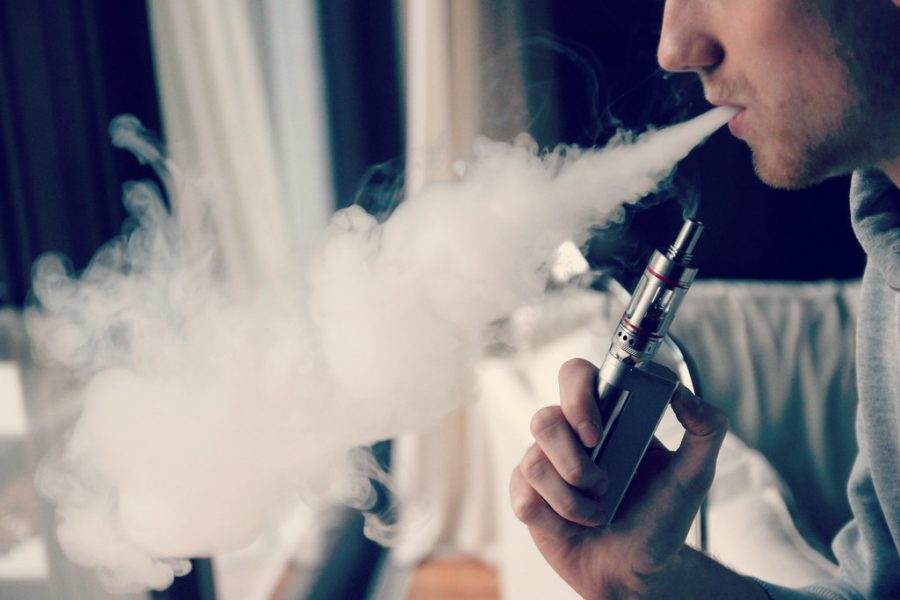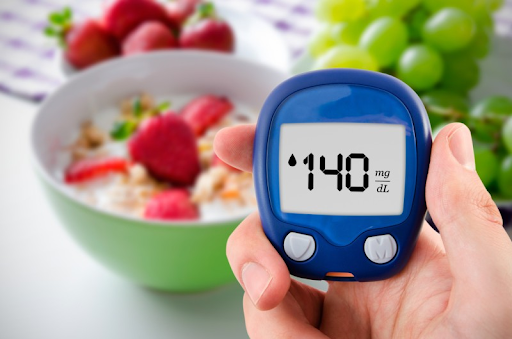The Facts
In 1967, the United States’ government aired its first anti-smoking ad in an effort to reduce the use of the carcinogenic product. 52 years later, in June 2019, the first anti-vaping ads targeting teens were released. Clearly the fight against the use of nicotine products continues despite the awareness of the dangers of tobacco.
So what is vaping? Vaping is the use of electronic cigarettes (aka: e-cigarettes or vapes), a habit that is often promoted to smokers as an aid to quitting smoking. The John Hopkins Medicine website explains that “E-cigarettes heat nicotine (extracted from tobacco), flavorings, and other chemicals to create a water vapor that you inhale,” which exposes smokers to less toxic substances than traditional cigarettes do. Although this may be true, the website additionally states that, when using e-cigarettes “You’re exposing yourself to all kinds of chemicals that we don’t yet understand and that are probably not safe.” Moreover, vapes are just as addictive as regular cigarettes because they contain nicotine as well. In fact, teenagers that vape are more likely to start smoking cigarettes, and about 31% do start smoking within 6 months.
Vaping has been a hot button issue in the past year. Adults are desperate to stem the growing popularity of vapes and teens seem to be drawn to them. But why is vaping all the rage?
One popular answer is that “it just seems cool.” To teens, vaping can be a source of entertainment or a way to fit in with the crowd. A quick interview with some students who haven’t vaped revealed that they would be willing to try at least once. The sweet-smelling smoke catches the interest of many students- a fact that led to companies being forced to pull certain flavors from the market for under the accusation that they were “targeted towards teens.”
This accusation seems to be on the mark, as a conversation with some students who don’t vape revealed that “[it smells] like perfume” and that the sweet smell is enticing enough to tempt them, even if it is bad for their health. One student I interviewed who does vape stated that their vape is “blue raspberry flavored juice more or less” and that it didn’t contain any nicotine. Although it is reassuring to know that these teenagers are interested in the flavor and not the nicotine, that doesn’t mean that they’re not consuming any. According to the National Institute on Drug Abuse, about 66% of teens, like the one interview above, believe that their vapes only contain juice/flavoring. Unfortunately, manufacturers are not required to publish the composition of their vapes. Without this information, the only people who know what is truly in vapes are the manufacturers. This makes vaping just as dangerous as smoking, contrary to its status as a “danger-free alternative to smoking.”
Additionally, although the intention behind banning flavor packs was good, it has had unintended consequences. I interviewed one student with asthma who stated that “since the flavor packs have been banned, it’s harder to smell to avoid it.” They also stated that in general, the vaping trend has been an issue for them because of the second-hand vapors. “Even the residue gives me trouble; it’s honestly a big concern because its effects last longer than most other triggers I have.” They also stated that in school only, they’ve had two asthma attacks that required the use of an inhaler, with other incidents that were less severe but still restricted proper breathing. In other public areas, like festivals, where there are no regulations, the danger only increases. In a school where vaping happens in both classrooms and bathrooms, it’s a dangerous environment for students with severe asthma and allergies. It impacts the daily lives of students, preventing them from accessing the bathrooms and the water fountains that are right next to them.
Vaping presents a unique challenge for teens, adults, and authorities. For authorities like policymakers, dispelling the myth of the “harmless vape” will be a challenge, with businesses seeking to draw in users. It’s up to adults to check the population of people who vape because teens rely on adults to buy and use vapes. For teens, whose culture of conformity leads to acceptance, the problem is more complex than one ad campaign or a fact sheet.








W357 PR355 • Nov 6, 2019 at 10:38 am
https://www.youtube.com/watch?v=Kh0Y2hVe_bw